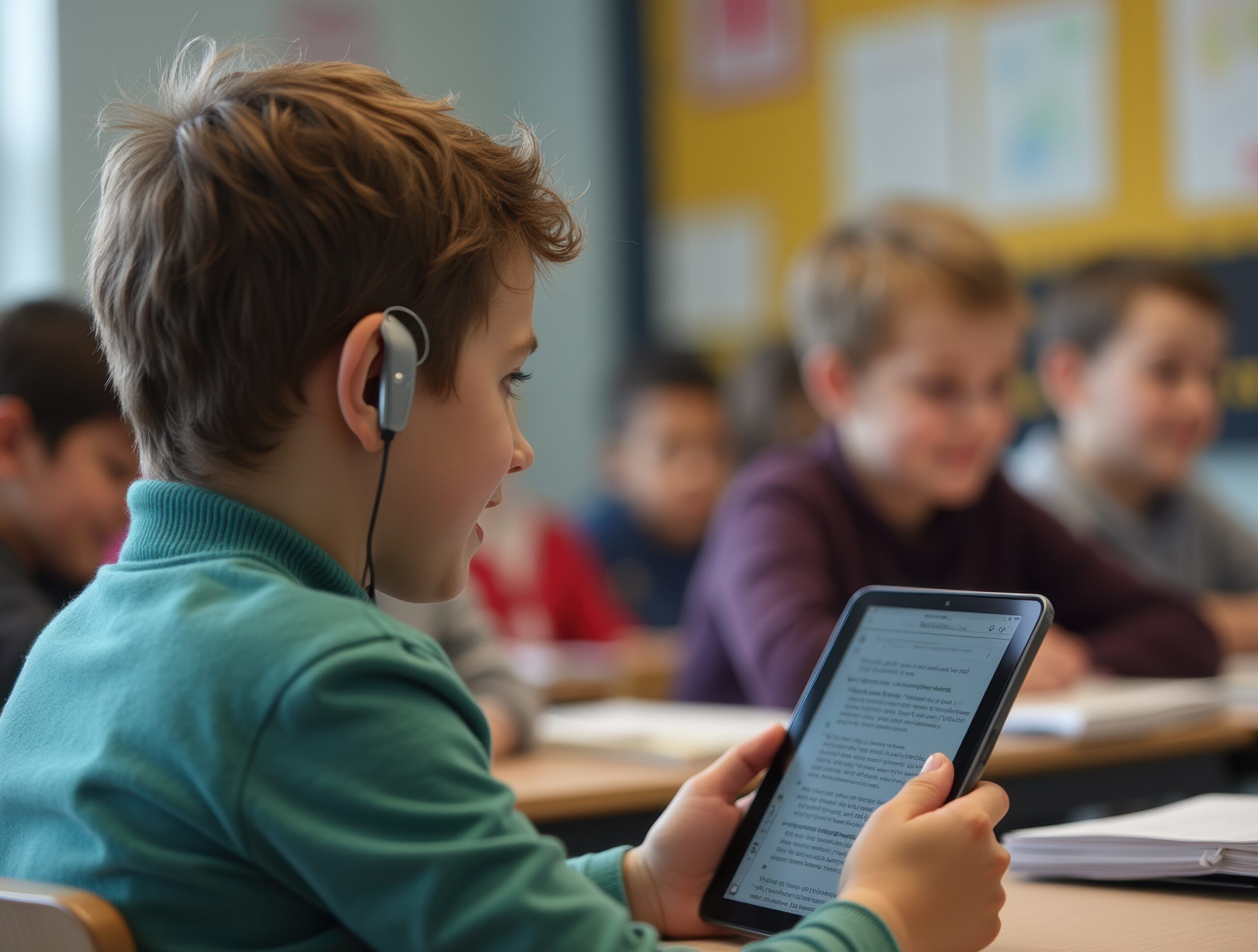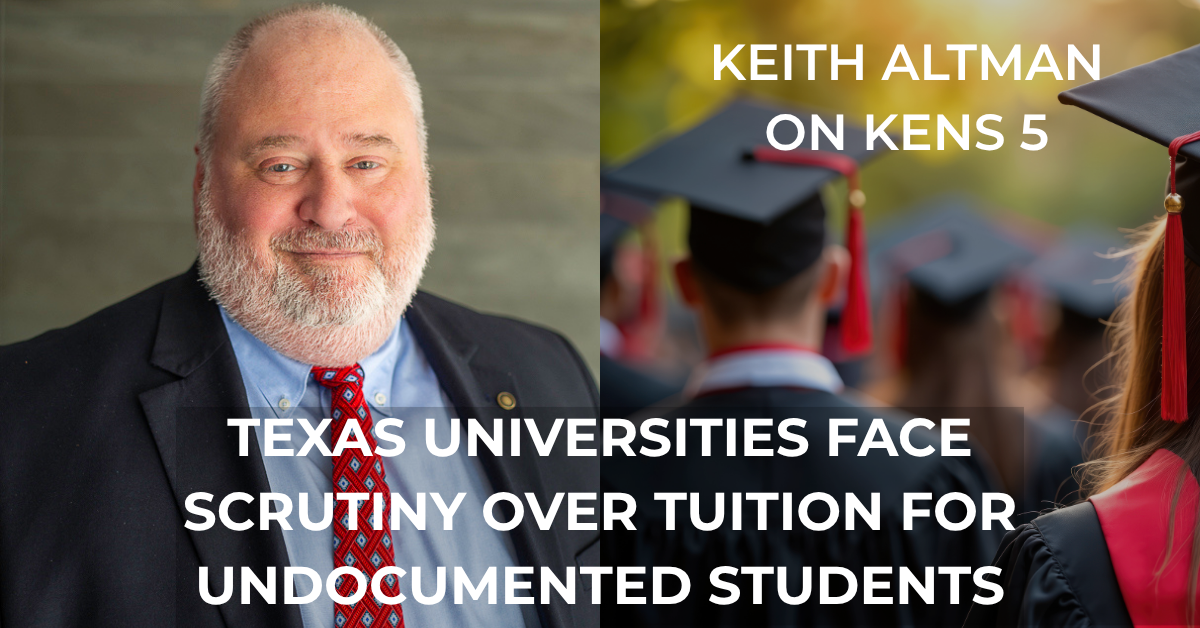Consider a pupil by the name of Maya. She needs a wheelchair and receives special education assistance in math and reading. However, she also requires assistance from a physical therapist in order to move around the school safely or join her peers for lunch and playtime. The goal of that type of assistance is to ensure that she can participate completely in her school day, not to impart knowledge.
Related services are all about that.
The additional assistance that helps students with disabilities make the most of their education is known as related services. These consist of occupational treatment, speech therapy, counseling, and even customized transportation. They complement classroom education to make learning more accessible, even if they are not the same thing.
The objective? to support children’ success in all aspects of school life, including sitting in class, playing during recess, using the bus, and contributing to group projects. Like everyone else, these services support children in participating in the classroom, forming relationships with their classmates, and achieving their objectives.
Eligibility and Legal Foundations
Certain legal procedures must be followed to ensure that associated services are appropriate and essential before a student can get them. These services are provided in accordance with certain rules and customized programs that concentrate on the student’s requirements in school; they are not simply granted because a student has a handicap. Let’s take a straightforward approach.
A. Role of the Individuals with Disabilities Education Act (IDEA)
A free and adequate public education (FAPE) for kids with disabilities is guaranteed by the Individuals with Disabilities Education Act (IDEA). In order for a kid to benefit from their education, schools are required by IDEA to offer relevant services in addition to special instruction.
For instance, a student with hearing loss may require assistive equipment or an interpreter during class. They are able to take use of the same educational chances as their classmates thanks to such support. IDEA makes sure that schools use assessments to determine these requirements and create a written plan to fulfill them.
B. Involvement in an Individualized Education Program (IEP)
A written plan created for a pupil who meets IDEA eligibility requirements is called an IEP. It lists the student’s learning objectives, resources, and supports, as well as any additional services they may require.
Assume that Jay, a student, struggles with speech because of a language handicap. His parents, teachers, and experts may determine that he needs weekly speech therapy as part of his IEP team. Jay’s particular difficulties and how they impact his capacity to engage in class are the basis for that choice.
C. Provision through Section 504 plans
Some students require assistance to fully participate in school even though they are not eligible for an IEP under IDEA. The Rehabilitation Act’s Section 504 can help with that. For students with impairments that impact their everyday lives and academic performance, a 504 plan offers accommodations and occasionally related services.
For example, a student with dyspraxia, a motor skills impairment, might benefit from occupational therapy to enhance handwriting or coordination, but they might not require specialist instruction. That assistance can be incorporated into a 504 plan to help the student finish assignments and stay up to date with their peers.
When and How Related Services are Provided
Related services are customized to meet the specific needs of each student rather of being one-size-fits-all. These services might be provided in the regular classroom, after school, or even throughout the school day. The type of service, the student’s unique plan, and what will enable them to engage and thrive in school life will all influence how and when they are delivered. Let’s examine these services’ various delivery methods in more detail.
A. As part of special education services
In most cases, special education is offered in conjunction with related services. For instance, a student called Lily may receive speech therapy during the week to enhance her communication abilities in addition to receiving customized education for a learning problem. Together, the two supports enable her to achieve her learning objectives. These services, which are equally as significant as academic education, are included in the student’s IEP.
B. As a standalone support when no other services are provided
In certain situations, a student may not require special education but rather a similar service. A Section 504 plan may allow for this. For instance, in order to resume full engagement in school, a student recovering from an injury may require physical therapy for a brief period of time. If a 504 plan facilitates their access to education, they can still receive support even in the absence of an IEP.
C. Variability by state and school district policies
Where you live can affect how connected services are provided. While some school districts may contract with outside providers, others may offer specific services internally.
For example, rather than having a speech therapist on staff, a rural school may hire one once a week. The frequency and scheduling of services are also impacted by policies. For this reason, it’s critical that families understand the procedures at their school and ask questions.
D. Coordination with general education and extracurricular activities
Related services are frequently integrated into a student’s regular educational routine rather than occurring in a vacuum.
For instance, a student undergoing occupational therapy to enhance fine motor skills would receive assistance when practicing handwriting or drawing. Counseling that encourages group projects or club involvement may be provided to those who require assistance with social skills. Ensuring that linked services support students’ entire engagement in the school experience, not only in academics, is the aim.
Types of Related Services
How a student’s handicap impacts their capacity to study and engage in school determines the kind of connected assistance they receive. Here’s a closer look at the various service kinds and how they might appear in practice.
A. Common services under IDEA
The following are a few of the most often offered connected services, each of which benefits students in a unique and significant way:
- Speech-language pathology: A speech therapist could help a student like Noah who has trouble pronouncing words correctly communicate better and feel more confident during class discussions.
- Occupational therapy: Emma, who struggles with fine motor skills, might work with an occupational therapist to learn how to use adapted equipment in the classroom or to write better.
- Physical therapy: In order to develop muscles and learn how to safely navigate the classroom, a student recovering from surgery may get physical therapy at school.
- Psychological services: A school psychologist can assess and support a student’s emotional and academic needs if their anxiety is interfering with their academic performance.
- Counseling and rehabilitation: Counseling may be necessary for students going through significant life changes, such as trauma or vision loss, in order to develop coping mechanisms and make emotional adjustments.
- School health and nursing services: To ensure they can remain safe and attentive throughout the school day, a student with diabetes may see the school nurse every day to have their blood sugar levels checked.
- Audiology and interpreting: To keep focused during class, a deaf or hard of hearing student may use an audiologist-supported hearing aid or a classroom interpreter.
- Parent training and social work: While parent education helps parents support their child’s learning at home, social workers can assist families in navigating school resources.
- Orientation and mobility: A blind student may be taught how to utilize a white cane or navigate the school premises on their own.
- Recreation, including therapeutic recreation: To improve social skills and coordination, a student with a physical disability may engage in therapeutic activities or modified physical education.
- Transportation: A student who uses a wheelchair might need a bus with a lift and trained staff to get safely to and from school every day.
B. Flexibility to include other needed services
There is no set list of related services. It can be introduced if a student needs anything special to get something out of school. For instance, assistive technology, such as a voice-generating device, may be beneficial for a student who has a speech disorder. The team can incorporate the service into the plan as long as it aids in the student’s education.
C. Limitations
There are restrictions even though IDEA permits a large number of connected services. Continuous medical care, such as routine hospital stays or operations, is not a requirement for schools. Additionally, they do not cover the upkeep of implanted devices, such as cochlear implants. Services that directly enhance a student’s learning and involvement in school remain the main focus.
Role of Related Service Providers
These experts are crucial to a student’s daily school life, whether they are assisting a youngster in improving their speech or making sure a hearing aid is functioning correctly.
A. Known as Specialized Instructional Support Personnel (SISP) under ESSA
Many related service providers are classified as Specialized Instructional Support Personnel (SISP) under the Every Student Succeeds Act (ESSA). School psychologists, counselors, occupational therapists, speech-language pathologists, and others are included in this category. Like teachers, but in various ways, they are seen as vital team members that assist in removing obstacles to learning and fostering student achievement.
B. Collaborative efforts with classroom teachers and families
Related service providers operate as a team rather than alone. For instance, Ava’s occupational therapist may collaborate with her teacher to recommend seating arrangements or relaxation techniques if the student, who has sensory processing disorders, finds group projects difficult. In order to establish consistency for the pupil, they also follow up with families to ensure that tactics employed at school are supported at home.
C. Focus on helping students achieve IEP goals
The objectives in a student’s Individualized Education Program (IEP) are linked to every service a provider provides. For example, Jayden’s speech therapist might meet with him twice a week to work on utilizing whole sentences in conversation if his IEP aim is to enhance expressive language. To determine what is working and what may need to change, progress is closely monitored.
D. Monitoring and supporting device functionality (e.g., hearing aids)
Service providers assist in ensuring that the devices used by some students to access learning are functioning effectively. An audiologist might, for instance, troubleshoot problems throughout the school day or routinely inspect a student’s hearing aids. This assistance keeps students engaged in class activities and helps avoid disruptions to their learning.
Funding and Access
Families often wonder how related services are paid for and whether they come with any extra costs. The good news is that when a student qualifies for services through an IEP, those supports are provided at no cost to families. However, it’s also important to understand the difference between services the school provides and those handled by medical professionals outside of school. Let’s break it down.
A. Free provision of school-based related services for students with IEPs
Any associated services specified in an IEP must be provided by the school to the student—for free. This implies that the school will pay for weekly occupational therapy for a pupil like Mia to strengthen her writing grasp. These school-based supports do not require families to pay for them out of pocket. According to IDEA, this is a component of the student’s right to a Free Appropriate Public Education (FAPE).
B. Services outside the school setting
The school does not cover all services. It is deemed a medical requirement rather than an educational one if a student requires rehabilitation following surgery, such as physical therapy after breaking a leg. The family’s health insurance or other medical providers cover the cost of these treatments, which are usually rendered by hospitals or clinics.
Since these medical procedures have no direct bearing on the student’s capacity to access and profit from their education, they are not regarded as relevant services under IDEA. The IEP may include the therapy if it is required at school to support learning; however, if it is purely medical, the school is not responsible for it.
Key Takeaways
Behind the scenes, related services are crucial to ensuring that students with disabilities succeed in school. They support classroom instruction by taking down obstacles and creating opportunities for students to actively engage in their education, but they do not replace it. These services, which range from transportation and assistive technology to speech therapy and counseling, are carefully selected based on the individual needs of each student and included in their 504 plan or IEP.
The individualized nature of linked services is what gives them such an impact. The support is adapted to the objectives and difficulties of each student, whether they require assistance with communication, navigating the school safely, or controlling their emotions. Additionally, the law permits flexibility, allowing for the inclusion of services that are necessary to support a student’s learning. However, there are restrictions; services must explicitly promote educational access rather than continuous medical care.
It can be intimidating to navigate these services, but you don’t have to do it by yourself. We at K Altman Law are here to support you in advocating for the appropriate resources, understanding your child’s rights, and making sure their education is as inclusive and empowering as it ought to be.




